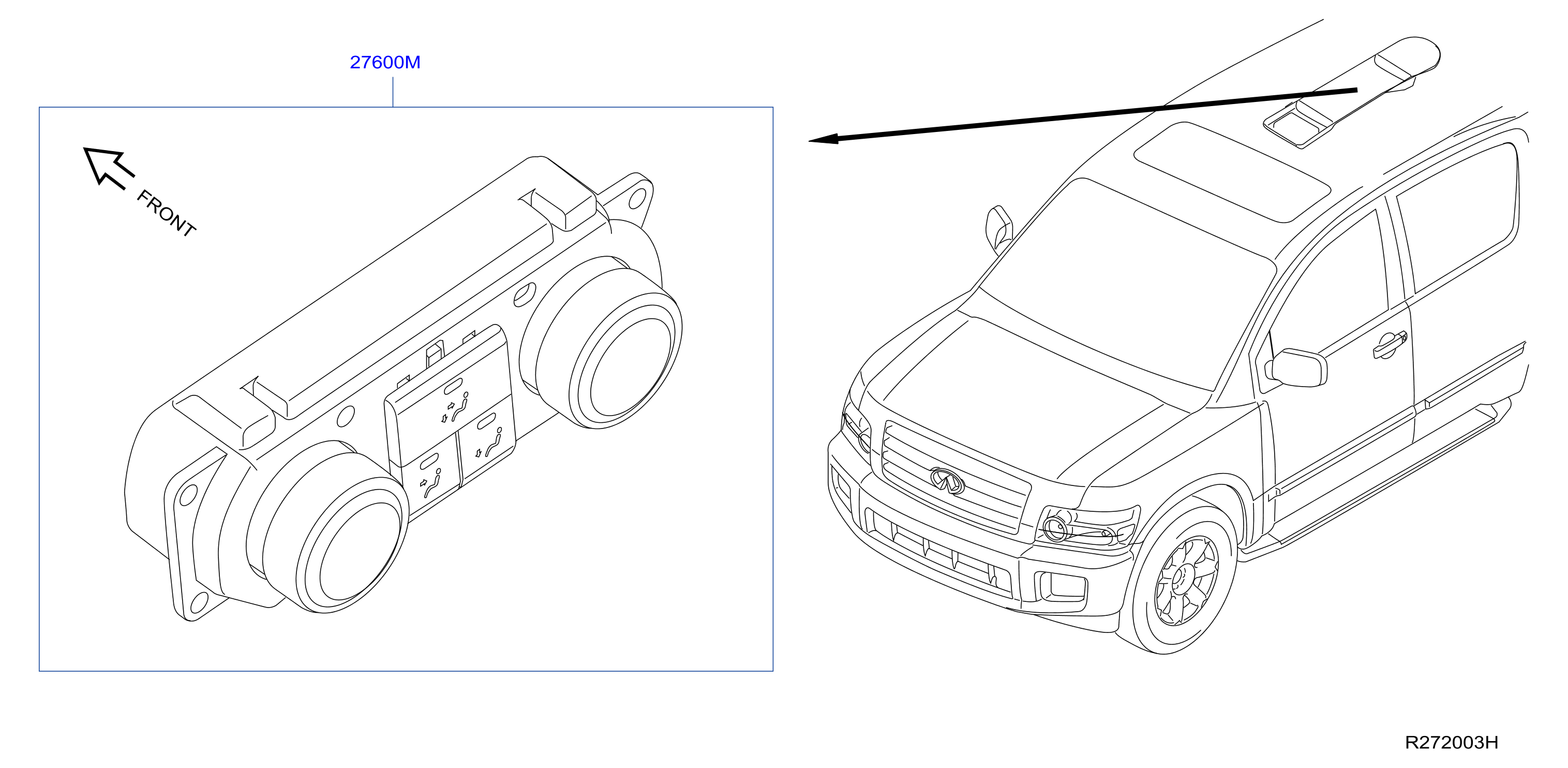
The direct cost of a unit is the expenses directly attributed to the production or procurement of a specific unit of a product or service. For example, if an electronics manufacturer purchases microchips for its products, the direct cost of a unit would include the cost of each microchip. Cost of unit plays is crucial in the strategic operations of businesses across industries. This metric can influence various aspects of business, from pricing strategies to profitability analysis.
- Understanding the cost of the unit helps you set competitive yet profitable prices for your products and services.
- It provides insights into the financial impact of producing or purchasing individual units.
- As such, goods-centric companies will file unit costs as inventory on the balance sheet at product creation.
Variable Cost vs. Average Variable Cost
Unit pricing is a valuable concept that empowers consumers and businesses to make smart financial decisions. It enhances transparency in pricing, enabling individuals to get the best value for their money and organizations to optimize their procurement strategies. By understanding and utilizing unit pricing, one can navigate the market more efficiently and make choices that align with their needs and budget. Unit pricing is a concept that holds great importance in both consumer and business contexts. It allows individuals and organizations to compare the prices of products accurately, helping them make informed decisions.
Which activity is most important to you during retirement?
Misallocation can lead to distorted insights and erroneous decision-making. Use precise cost allocation methods that align with your organization’s operations. Effective management of the cost of the unit helps with prudent financial decision-making and operational excellence. Cost of unit aids informed decision-making by evaluating the feasibility of launching new products and assessing the potential of outsourcing specific processes. A clear grasp of these costs provides valuable insights to guide strategic choices. Knowledge of the cost of the unit will help you identify which products or services are more cost-effective to produce.
Why are unit costs necessary for manufacturing?
For others who are tied to an hourly job, putting in more direct labor hours results in a higher paycheck. This result indicates that the company must sell approximately 13,334 units to break even. The breakeven analysis helps businesses set sales targets and understand the minimum sales needed to avoid losses. Variable costs mean all those production costs that remain constant per unit but change with the variation in the volume of production.
The current variable cost will be higher than before; the average variable cost will remain something in between. The cost to package or ship a product will only occur if a certain activity is performed. Therefore, the cost of shipping a finished good varies (i.e. is variable) depending on the quantity of units shipped.
Do you already work with a financial advisor?
The technology sector involves the production or procurement of technology products, from software licenses to hardware components. For example, in software development, the cost analysis factors in coding time, testing efforts, and potential licensing fees. Understanding best freelance services in 2021 these costs is essential for product pricing and profitability assessment. For example, a rise in the raw materials cost can lead to an increase in the cost per unit. Strong supplier relationships can help negotiate favorable terms, stabilize prices, and secure discounts.
Unit costs are particularly sensitive to the effect of significant operational scale and to the relationship between fixed and variable costs for a business. Scenario analysis helps assess the impact of changes in variables like input prices, production volumes, and market demand on the cost of a unit. A thorough grasp of the costs incurred in producing each unit empowers you to set competitive prices and ensure healthy gross profit. Aligning pricing with the actual expenses helps avoid pricing your products too low or too high.

She has worked in multiple cities covering breaking news, politics, education, and more. Identify all of the outputs for which an activity segment performs activities and consumes resources. Someone on our team will connect you with a financial professional in our network holding the correct designation and expertise.
Unit pricing, also known as unit cost or unit price analysis, refers to the process of determining the cost of a standard unit or quantity of a product or service. It’s a helpful tool for comparing prices and evaluating value for money, especially when products are sold in different quantities or measurements. A product with a low cost per unit might not be profitable if its sales price doesn’t cover other expenses and provides a reasonable gross profit margin. Maintain a comprehensive record of all production, procurement, and operational costs. Accurate cost tracking provides a solid foundation for the cost analysis process.
Strategically leverage economies of scale by optimizing production volumes. Bulk purchasing and higher production quantities often lead to lower costs due to the spreading of fixed expenses. Regularly review and update your calculations to reflect changes in input prices, production volumes, and market conditions. Timely analysis helps identify trends, anomalies, and areas for improvement. In healthcare, the cost of a unit takes on the dimension of providing medical care. It includes expenses tied to patient treatment, including personnel, medical supplies, facility maintenance, and administrative costs.
Variable cost includes costs that fluctuate based on the number of units procured or produced. For example, the direct material costs would be variable if a clothing retailer procures fabric for making garments. Fixed cost of unit denotes constant costs regardless of the quantity of units procured or produced.
